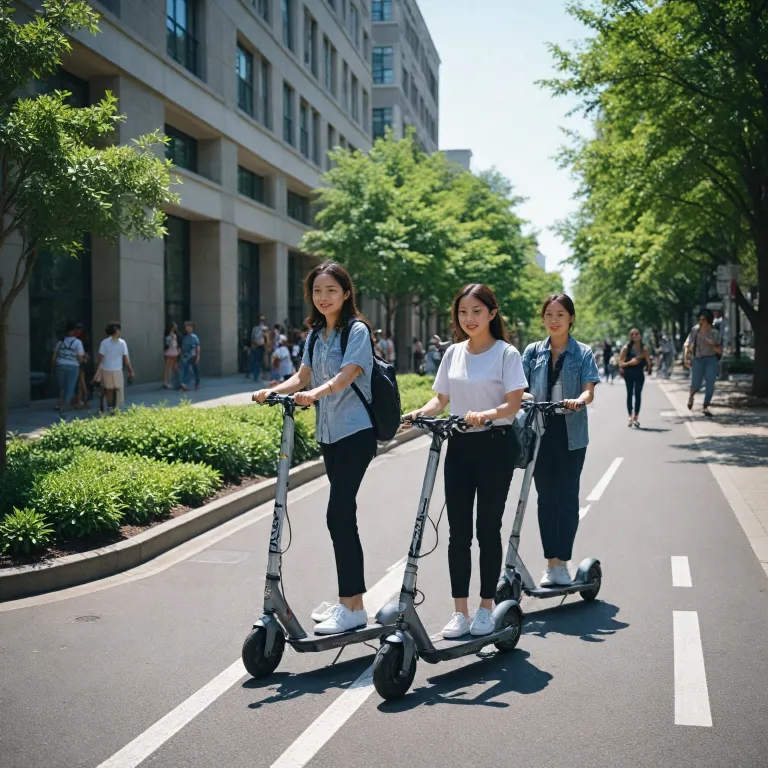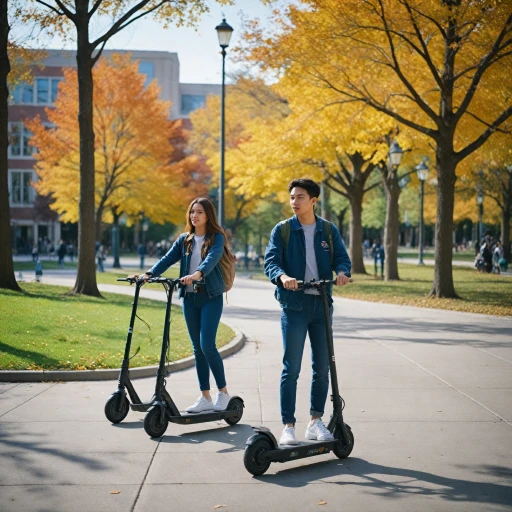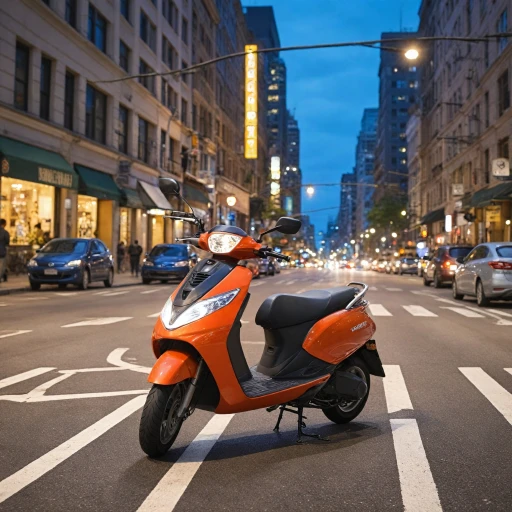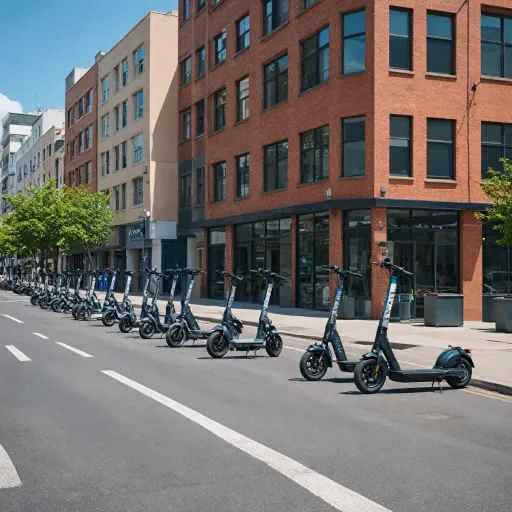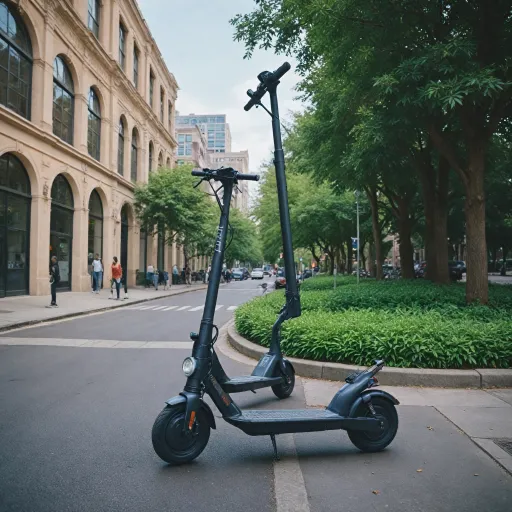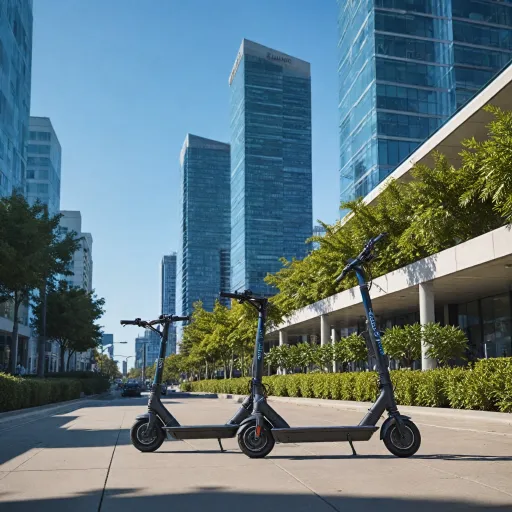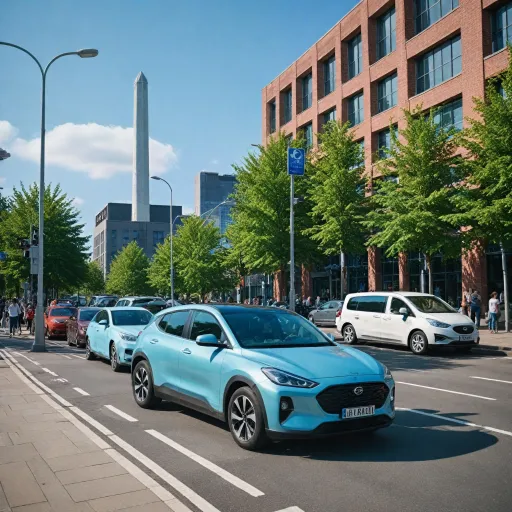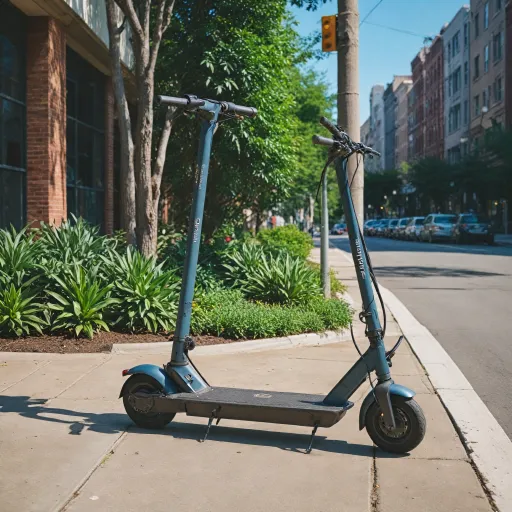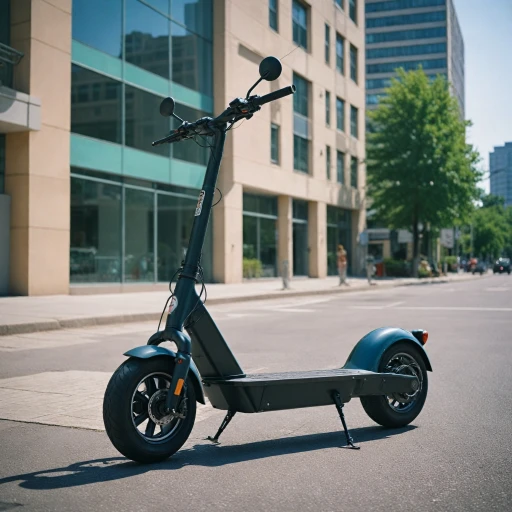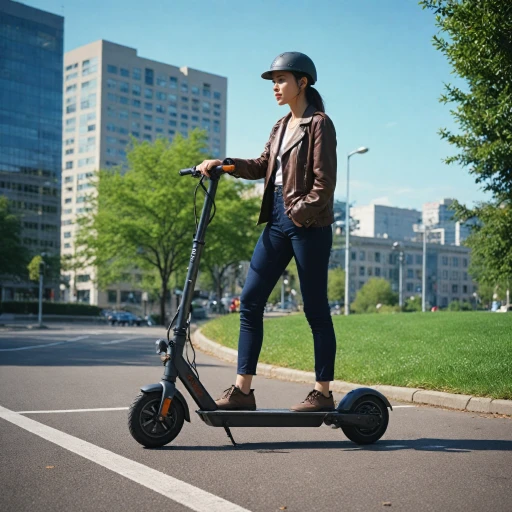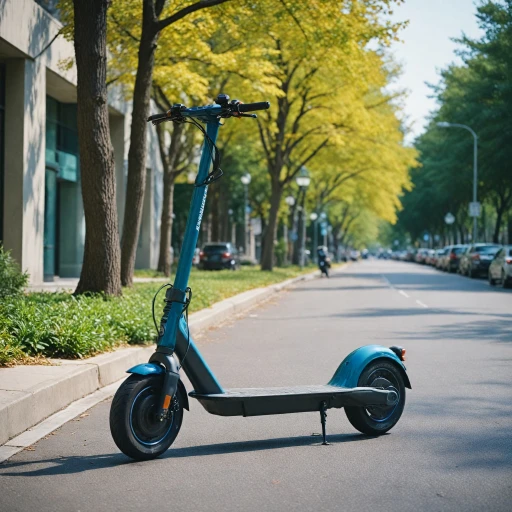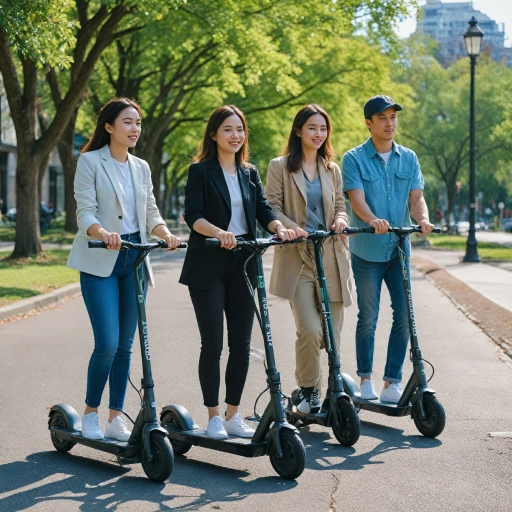
Commuting and Daily Transportation
Embracing Urban Mobility with Electric Scooters
Electric scooters have quickly emerged as a popular mode of transport in major cities across the globe. With their ability to weave through traffic jams and the constraints of urban landscapes, scooters offer an efficient alternative to traditional public transport. These nifty vehicles provide a viable solution for individuals seeking quicker commuting options. With the rise of electric scooters, there is an emphasis on reducing reliance on cars and motorcycles. Many users appreciate the convenience of riding electric scooters, especially during peak hours when roads are congested. For instance, scooter riders can bypass traffic delays and reach their destinations in a timely manner. Depending on the model, some scooters can cover long distances, making them suitable for varying commuting needs. They also offer an eco-friendly option, aligning with environmental sensibilities by emitting zero tailpipe emissions, thus contributing positively to air quality. Moreover, shared scooters have transformed urban mobility by offering easily accessible transport at the touch of a button. This service caters to both occasional and regular users, enhancing the flexibility of how people navigate cities. While scooters certainly present benefits in terms of mobility and time-saving, it's essential to consider certain safety concerns. The growing popularity of electric scooters has prompted discussions around implementing regulations to ensure both the safety and enjoyment of riders. For a deeper dive into specific scooter models that excel in urban environments, check out this comprehensive guide to the InMotion RS electric scooter. This resource highlights the features that make such models ideal for daily commuting.Leisure and Recreation
Relaxation and Exploration on Two Wheels
The appeal of electric scooters extends beyond practicality, offering leisure and recreation opportunities for people of all ages. Riding an electric scooter allows users to explore urban landscapes and scenic locales with ease, shifting from bustling streets to tranquil parks in no time. Exploring the rise of electric vehicles in major cities has encouraged many to delve into this eco-friendly mode of transport.
Riders can enjoy the freedom of open-air exploration without the strain of pedaling, making it an inclusive activity for individuals with varying levels of physical health. With scooters providing a bridge between urban mobility and leisurely pursuits, they cater to diverse scooter riders looking to invigorate their outings and relish the benefits of a refreshing doi mobility experience.
- Mood Enhancement: Engaging in scooter riding can uplift one's mood, offering a break from the monotony of everyday routines.
- Health Benefits: Albeit limited compared to vigorous activities, scooter riding does promote light physical activity, contributing to mental and physical health.
- Diverse Models: Depending on the model, some scooters are designed specifically for leisure, providing comfort features for a relaxing ride.
As electric scooters continue to weave their way into our day-to-day work and leisure, they emerge as a versatile tool in the shift towards sustainable modes of transport. They harmoniously blend recreation with the convenience of urban transport, allowing riders to enjoy the journey as much as the destination.
Delivery and Logistics
Revolutionizing the Delivery Landscape
In recent years, electric scooters have emerged as a viable solution for delivery and logistics, significantly changing the landscape of urban mobility. As cities continue to grow, the demand for efficient and reliable delivery methods rises. Electric scooters, with their compact size and ease of use, provide a perfect solution for navigating through congested urban areas and avoiding the dreaded traffic jams that plague major cities. These scooters offer numerous benefits for delivery services, particularly in the realm of speed and accessibility. They allow delivery personnel to quickly maneuver through tight spaces and reach their destinations faster than traditional modes of transport such as cars and motorcycles. The use of scooters reduces delivery time, ultimately improving service efficiency and customer satisfaction. Moreover, electric scooters present a cost-efficient alternative for delivery companies. With lower maintenance and running costs compared to traditional vehicles, electric scooters become an economically attractive option, especially for businesses looking to reduce their operational expenses. Depending on the model, the range of electric scooters can sufficiently meet the demands of last-mile delivery. Additionally, the environmental impact of scooters cannot be understated. By reducing the reliance on fuel-powered vehicles, businesses contribute to lessening their carbon footprint, aligning with the increasing focus on sustainability and green transport solutions. The health benefits of using electric scooters for deliveries extend beyond environmental gains. Scooter riders often feel the advantages of being active, like improved mood and physical health. While scooters do not require intense physical activity, the act of riding promotes mobility and can enhance the overall well-being of users. Incorporating electric scooters into delivery logistics demonstrates the adaptability and versatility of scooters as a transport solution. For those interested in understanding the technical advancements that enable such efficiency, the power of a 72v battery in electric scooters can serve as an informative resource.Accessibility and Inclusivity
Embracing Mobility for All Abilities
Electric scooters can play a significant role in enhancing accessibility and inclusivity within urban environments. They provide an alternative mode of transport that can be particularly beneficial for individuals with mobility challenges. Whether it's aiding those who have difficulty walking long distances or offering a convenient solution for commuting through major cities, electric scooters offer a unique advantage. For people with temporary or permanent physical challenges, scooters enable a level of independence they might struggle to achieve with traditional transport like cars or motorcycles. With models designed to support various body types and disabilities, users can find options that specifically cater to their needs, allowing them to participate more fully in public life. Moreover, electric scooters contribute to easing traffic jams, allowing those with mobility issues to bypass crowded areas with greater ease. They also offer health benefits by promoting outdoor physical activity in a way that is accessible and manageable, potentially enhancing mental health by improving users' mood through increased mobility and engagement with their surroundings. In addition to personal ownership, shared electric scooter programs continue to expand across urban landscapes. These shared models provide an easy-entry mode of transport for people who may not be ready to commit to buying electric scooters. Importantly, they help break down barriers, making it easier for all individuals to access the benefits electric scooters offer without the upfront cost. The rise of scooter electric models in public transport systems demonstrates their increasing acceptance as vital components of urban mobility solutions. Through careful consideration of safety concerns and inclusive design, electric scooters are progressively reshaping how users with diverse abilities navigate cities, enhancing accessibility and inclusivity across the board.Environmental Impact
Sustainability Through Reduced Emissions
Electric scooters have gained popularity in recent years, emerging as a viable solution to reduce the environmental impact associated with traditional modes of transport, such as cars and motorcycles. In major cities, where traffic jams are a daily struggle, scooters electric offer a breath of fresh air, both literally and metaphorically. By riding electric scooters, users contribute to a decrease in urban air pollution, as these scooters emit no harmful exhaust fumes during operation.
The benefits of electric scooters extend beyond air quality. They require less energy compared to larger vehicles, leading to a lower carbon footprint over the long term. This aspect aligns with the push for a more sustainable transport infrastructure, encouraged by environmental agencies worldwide.
Promoting Healthier Lifestyles
Contributing to the reduction of environmental pollutants is not the only benefit of using electric scooters. Riders often experience indirect health benefits. The shift from car or public transport travel to scooter riding encourages more physical activity, as users need to engage their body slightly more than they would when sitting in a vehicle. Some models even necessitate pushing off or balancing, which can subtly work on users' core and leg strength.
The increased activity can boost mood and mental health, mirroring the advantages of participating in other physical exercises. Thus, the health benefits of adopting this mode of urban mobility cannot be overstated.
Efficient Use of Urban Space
Furthermore, cities across the globe have jumped on the bandwagon of integrating electric scooters into their urban landscapes. Scooter riders benefit from dedicated paths in urban areas, minimizing the space traditionally allocated to cars, and potentially reducing the need for extensive road networks. This saves not only physical space but financial and other resources involved in road maintenance and construction.
By leveraging the compact nature of electric scooters, urban planners strive to create more congenial, user-friendly environments that facilitate mobility without compromising sustainability. As people continue to embrace the electric scooter revolution, its positive environmental impact is likely to increase multifold.
